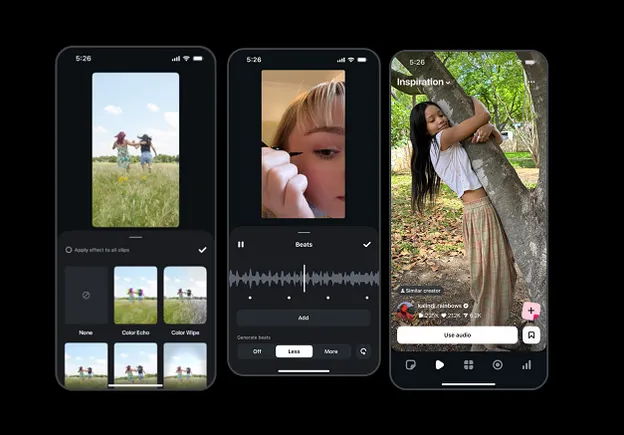CAN YOU HIDE LIKE A CHAMELEON?
Just as in Are You Stronger Than an Ant? (2024), Morgan peppers readers with intriguing questions: “Could you…climb up and down cliffs without any gear at all?” “Could you…ward off bad guys without a shield?” “Could you…light up the dark by giving off an inner glow?” Kids will likely respond with a resounding no, but the author goes on to describe creatures who do possess these abilities; she notes, for instance, that “a mountain goat’s hooves make steep climbing easy.” Text in a smaller font goes into more depth about each animal’s ability, while the accompanying image depicts a child attempting the feat (in this case, a youngster clings uncertainly to the side of a cliff as a bemused mountain goat looks on). Nine of the examples relate to animals. The inclusion of an oak tree whose limbs “make a home…for oodles and oodles of others” will be a surprise. At times, the writing is awkward. The last words of each question and answer rhyme; some words seem to have been chosen for the sake of rhyme, not meaning. Morgan introduces the sea star (referred to here as a starfish) by asking if readers could “go through life without a brain”; the answer and subsequent explanation don’t discuss its lack of a brain. A final list of facts summarizes the information. The children are diverse; one uses a wheelchair.


Just as in Are You Stronger Than an Ant? (2024), Morgan peppers readers with intriguing questions: “Could you…climb up and down cliffs without any gear at all?” “Could you…ward off bad guys without a shield?” “Could you…light up the dark by giving off an inner glow?” Kids will likely respond with a resounding no, but the author goes on to describe creatures who do possess these abilities; she notes, for instance, that “a mountain goat’s hooves make steep climbing easy.” Text in a smaller font goes into more depth about each animal’s ability, while the accompanying image depicts a child attempting the feat (in this case, a youngster clings uncertainly to the side of a cliff as a bemused mountain goat looks on). Nine of the examples relate to animals. The inclusion of an oak tree whose limbs “make a home…for oodles and oodles of others” will be a surprise. At times, the writing is awkward. The last words of each question and answer rhyme; some words seem to have been chosen for the sake of rhyme, not meaning. Morgan introduces the sea star (referred to here as a starfish) by asking if readers could “go through life without a brain”; the answer and subsequent explanation don’t discuss its lack of a brain. A final list of facts summarizes the information. The children are diverse; one uses a wheelchair.

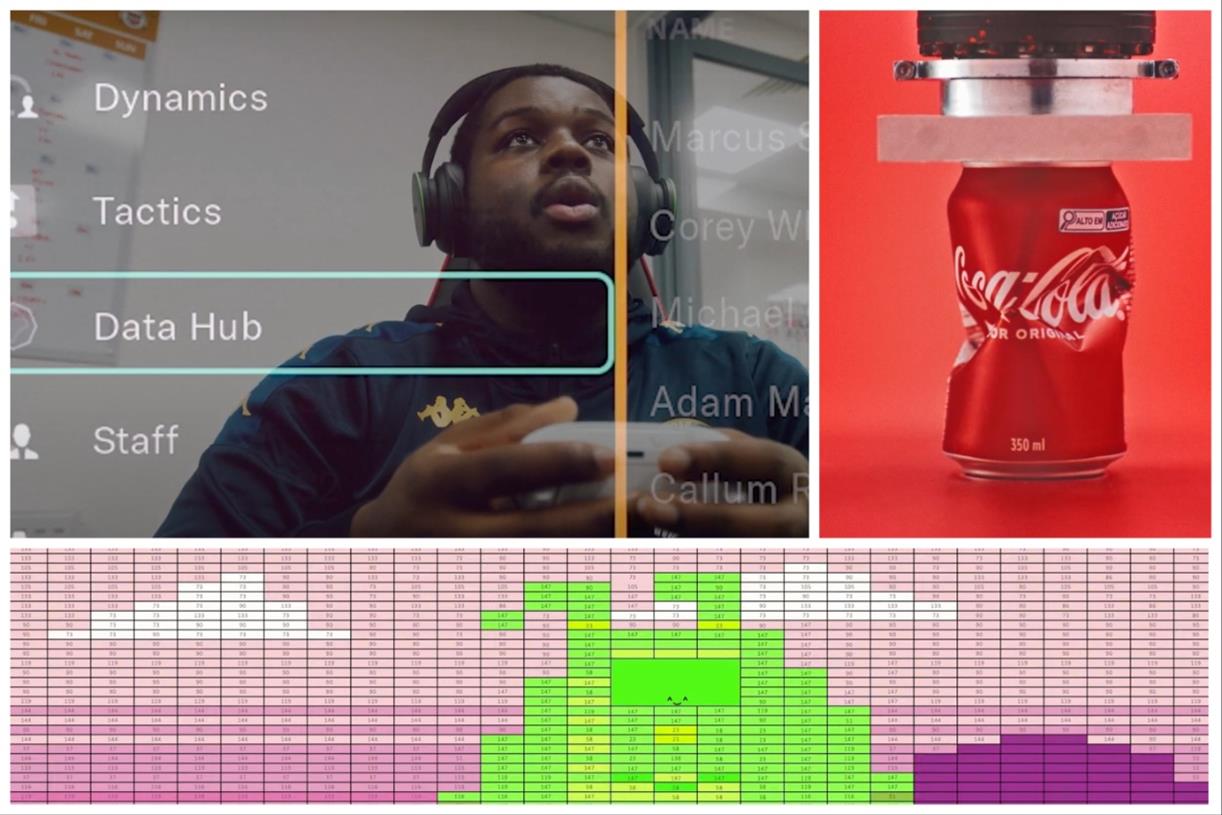
































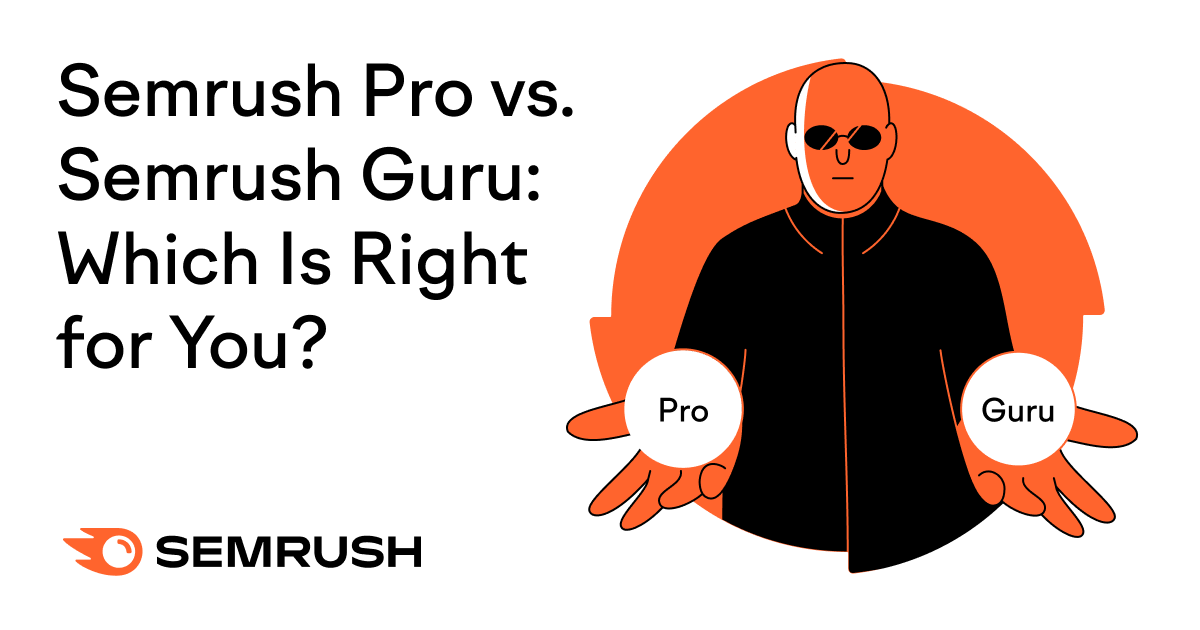











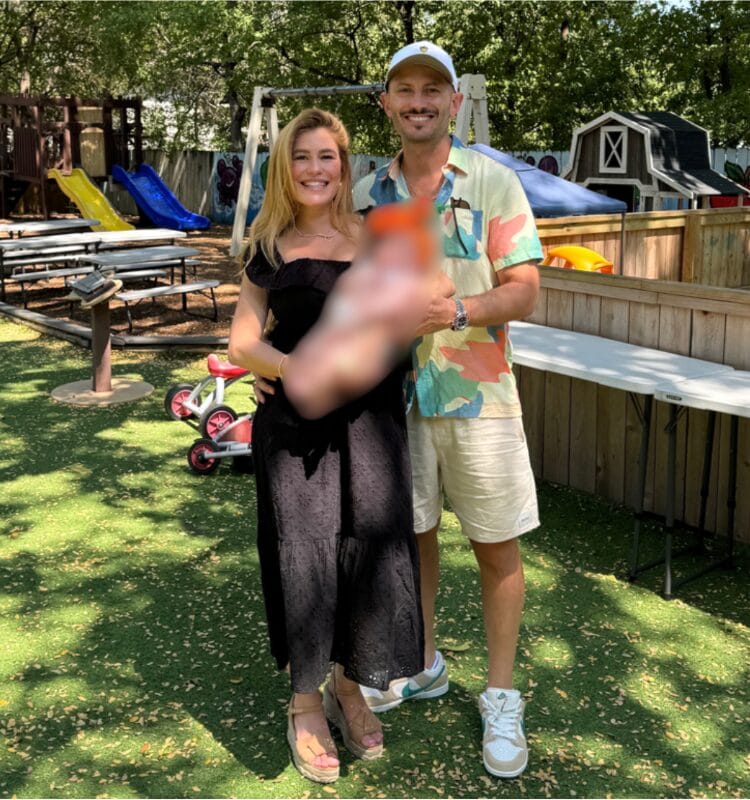


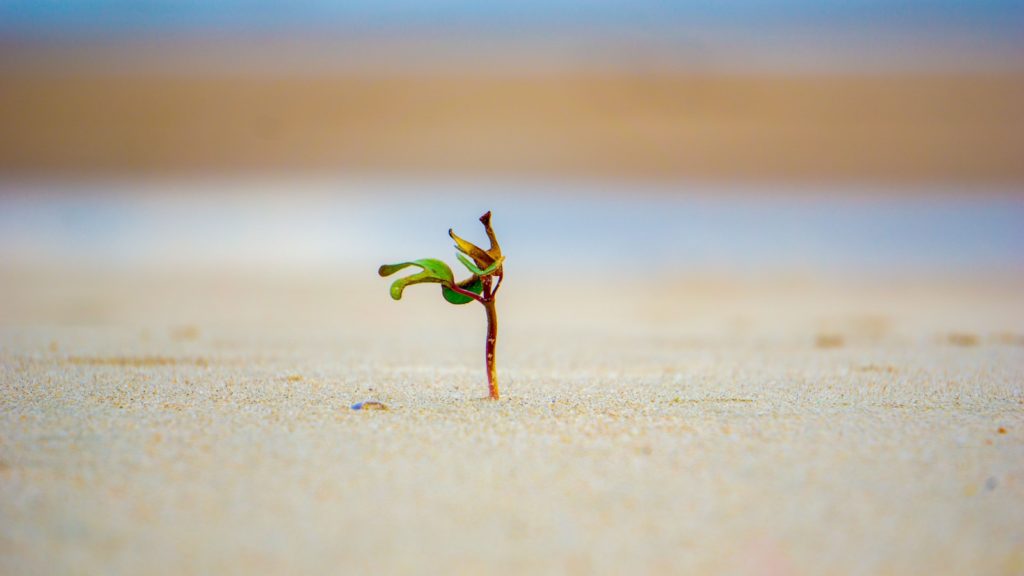


![The 11 Best Landing Page Builder Software Tools [2025]](https://www.growthmarketingpro.com/wp-content/uploads/2024/04/best-landing-page-software-hero-image-1024x618.png?#)

























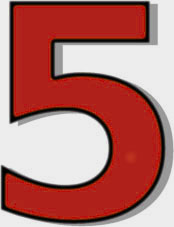












![What Is Generative Engine Optimization [Tips & Workflows To Do It]](https://moz.com/images/blog/banners/What-Is-Generative-Engine-Optimization-Tips-Workflows-To-Do-It-1.png?auto=compress,format&fit=crop&dm=1745607929&s=6f75f1f02c531af0f80acb12517c8bab#)


![Cracking the SEO Code: Regain Control of Search Visibility in the Age of AI [Webinar] via @sejournal, @hethr_campbell](https://www.searchenginejournal.com/wp-content/uploads/2025/05/featured-73.png)









